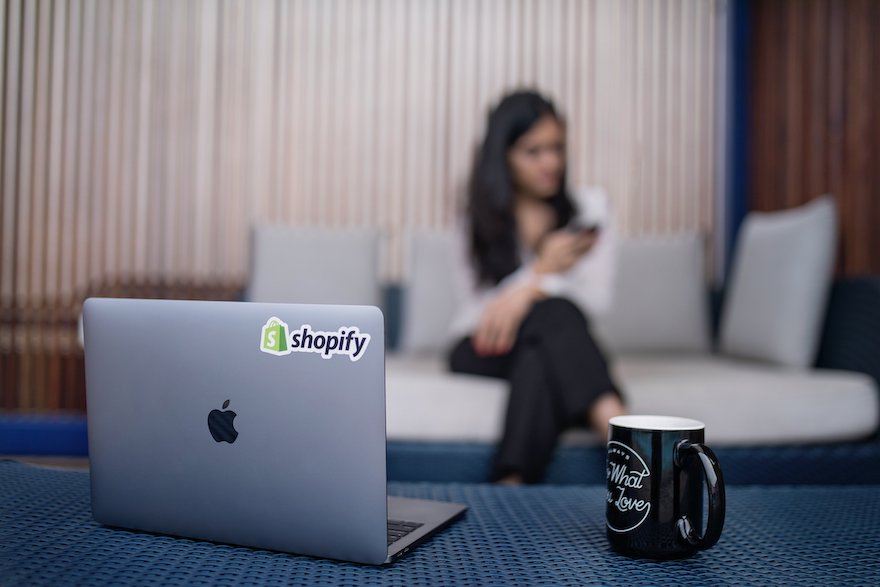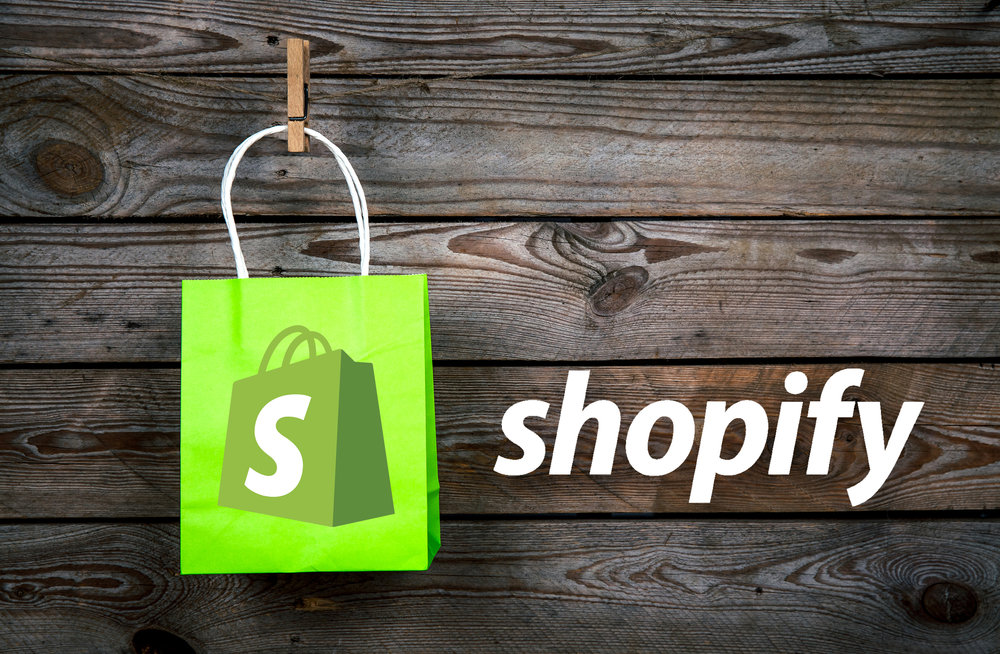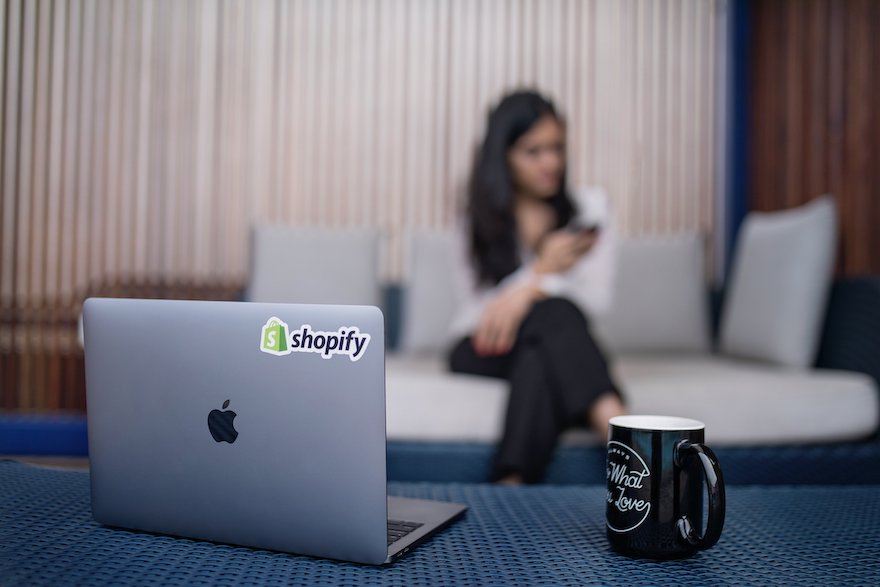The ecommerce industry is blowing up. Shopify estimates that online will account for a whopping 18.1% of worldwide retail sales in 2021, up 45.8% from just two years ago. And by most estimates, these numbers will only continue to grow in the years to come.
To put it bluntly, there’s never been a better time to have an ecommerce business.
Ecommerce business owners are well-aware of this growing demand. They’re tapping into it with strategically placed PPC ads that advertise their wares to online audiences. But while many see initial traction with low-budget campaigns, profitability quickly vanishes for most when they attempt to scale up their efforts.
The reasons? There are many and varied. From budget allocation to targeting, marketing tools, creatives and messaging, there are lots of moving parts in every successful campaign. If even one of these variables is out of sync, chances are you’ll see your ROAS shrink. And even when you’ve got all these factors locked down tight, the operational side of your business needs careful calibration to support the increased demand generated by your ads.
In my experience, scale-up success can only be achieved with strategy, strategy and more strategy.
That’s right, setting up an effective UA engine that consistently delivers positive ROAS requires strategic thinking, and lots of it. This article is all about helping you set up your scale up strategy. So, without further ado, let’s jump right into this.
 Getting your Ducks In A Row
Getting your Ducks In A Row
Let’s kick off by reviewing a couple of important rules of thumb that you should check off before you loosen up that grip on your wallet and open up the UA floodgates.
Know your numbers. To effectively scale you’ve got to know that you’re playing with a winning hand of cards. Scale-up is a complex process with many elements at play; your product, operations and logistics are all key to supporting it. Get your hands into the nitty gritty of your business data to understand your real costs before you let your demand-generation monster loose.
Do your homework to understand exactly where your ROAS sweet spot lies. Calculate all of your operating expenses including rent, advertising, salaries, shipping, cost of goods sold etc., and then divide that number by the amount of items you sell online in a given month. You’ll know that your business machine is well-oiled enough to support scale during your initial online ad forays; once you start generating overall ROAS of at least 300% i.e., you spend $1,000 to generate $3,000 in sales. If you can get to those numbers and are still in the black after all expenses are paid, then you’ve definitely got something good going on. Something that can support scale.
I created this ROAS calculator to help my clients figure out their cost per product. Try it out, it’s free!
Know your channels. While there are lots of online advertising channels out there, Google and Facebook account for the lion’s share of the traffic, and hence, advertising budgets. Their advertising systems are the most advanced, and they’ve got the world’s best data and technology powering them. There are definitely lots of other, newer channels competing with them but my advice for ecommerce business owners is to stick with the leaders of the pack.
Finding the optimal budget allocation between the two channels is a tricky game. Basically it mostly boils down to whether you have a “pull” or “push” product. If you’ve got a product that people actively search for–a “pull” product–Google is your best bet as ads there are displayed in response to proactive searches. For example, your retro t-shirt ads are presented when someone searches Google for retro t-shirts. In other words, Google is considered a high-intent marketing channel, meaning that users usually go there for a specific purpose like finding retro t-shirts.
Google’s CPCs are determined by the number of competitors and the size of their bids. So, if you’ve got a pull product that doesn’t have too much competition, you’ll be able to generate a strong, positive ROAS pretty quickly. Among Google’s different ad products, Google Shopping is without a doubt the number one channel for ecommerce business owners. It delivers more qualified traffic, a better user experience and focuses on searches with clear customer intent.
Facebook on the other hand is a low-intent marketing channel that is better for “push” products. Most users go there to socialize, not necessarily to find the perfect retro t-shirt for their best friend’s birthday. However, the unparalleled targeting mechanisms that Facebook provides pretty much guarantees that you’ll be able to get your products in front of the right audience.
The impact comes not by meeting specific demand, but rather by generating that demand among an audience that you’ve determined needs your products. Hopefully, you’ll not only see leads from Facebook, but also more demand on Google as Facebook audiences see your ads there and then look for your products on Google.
My advice when scaling is to keep your ROAS high by first going for the low-hanging fruit on Google Shopping with most of your budget. Once you’ve met the initial demand you’ll see your ROAS plateauing. To counteract that trend, you’ll have to up the size of your bids which will increase your CPCs and reduce your ROAS. Before that happens, you should branch out to Facebook to tap into the demand waiting for you on that channel. That’s the way to keep your ROAS at optimal levels.

Know your ideal customer. The secret behind any successful ad creative is the messaging. Compelling copy and creatives come together when you understand the pains of your customers, when you know who they are. Customer Avatars provide a framework through which you can empathize with your customers, to better understand who they are and why they buy your products. They shed light on the value that your products provide to your customers, on the pain that they ease.
Creating a Customer Avatar can take some time. It requires in-depth research using well-known marketing tools like interviews, surveys and feedback requests. If you take the traditional, by-the-book route you’ll need to find real customers, convince them to speak with you and conduct multiple interviews with them.
But if you’re a small business owner, chances are that you don’t have time for all of that. Luckily, over the years I’ve developed a hack for this that significantly reduces the time it takes to develop a Customer Avatar.
Here’s how it works: I scour the internet for User Generated Content on the specific products–or competing products–that I’m promoting. I look for testimonials, quotes and any other reviews on my customers’, and on their competitors’, websites. These quotes provide me with a wealth of information about the product–about the benefits it provides, pain it eases, and the real outcomes it delivers. I then take these insights and fill out an Ad Grid, a type of messaging template that simplifies the process of formulating high-impact messages for each campaign that I run.
This process works like a charm. I’ve used it more than once as a way to quickly craft high-impact messages and creatives before I scale a campaign.
Parting Shots
Getting your strategy set up right before scaling is difficult, until you know how. By following the fundamentals laid out above, you should be well on your way. In our next article, I’m going to offer you some quick n’ dirty tips about how to craft high-impact creatives that acquire the right users for you on both Facebook and Google.

